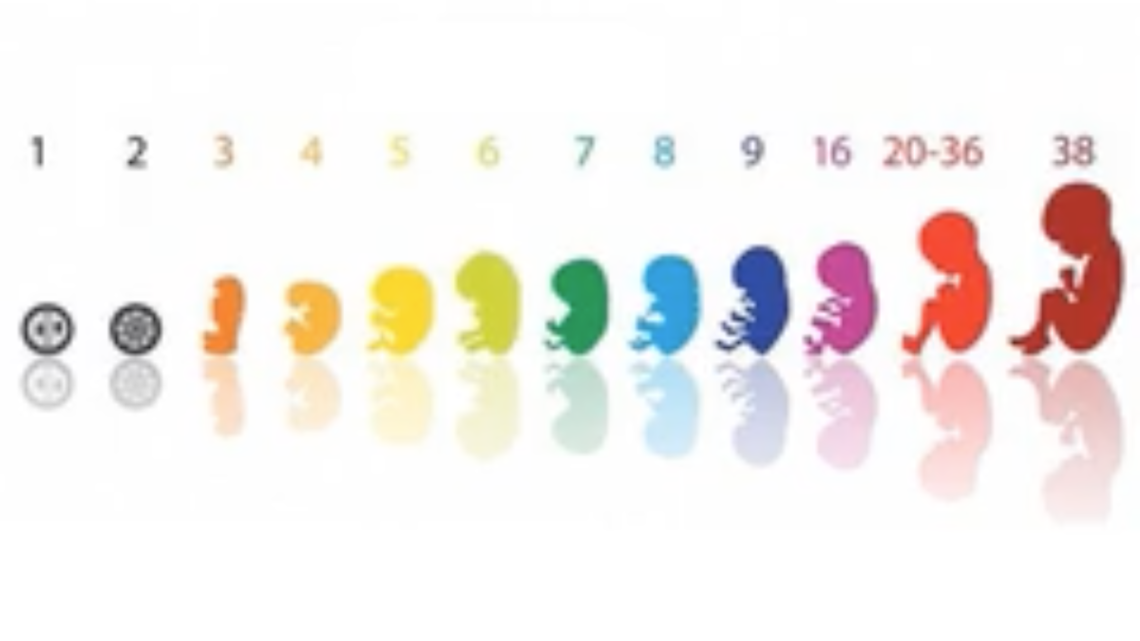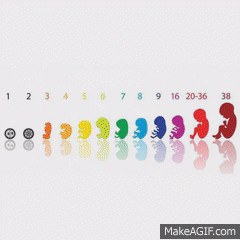3rd Trimester Foetal Hunger
July 14, 2016
Perhaps pregnant women in their last trimester shouldn’t eat too much. In the winter of 1944/45 the Second World War resulted in a severe famine in the Netherlands. The Dutch survived on as little as 30% of their daily needed caloric intake. It is a well-defined group of individuals all of whom suffered just one period of malnutrition, all of them at the same time. And some of them were pregnant.
Because of good health-care infrastructure and record-keeping in the Netherlands analyses of health records allowed for a systematic comparison of the effects of fetal starvation. Depending on their time of conception the unborn babies were subject to different outcomes as a result of their malnourishment. Foetuses under 3 months old during the famine were likely to be born normal size, having caught up with typical developments. Yet later in life many of these individuals developed high blood pressure, diabetes, and obesity. Contrary to this group the unborn babies between 6 and 9 months old during the Dutch Hunger Winter who had been well nourished up until the last few months of gestation, were born small and generally remained so for the rest of their lives. They also did not develop higher rates of obesity or disease. Even more extraordinarily some of these effects are present in the grandchildren of the women who were malnourished. And even their children still showed shrink effects.
Well-Controlled 3rd trimester foetal dieting may very well be a first step towards a shorter and perhaps even healthier human species.
